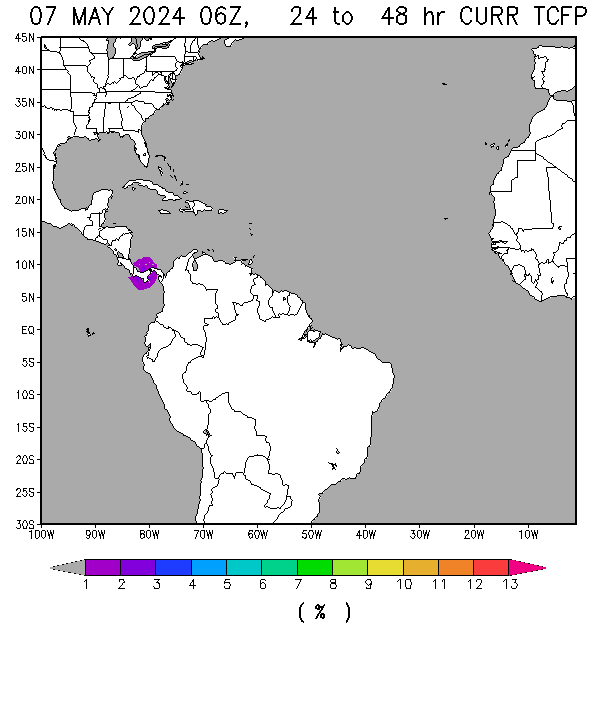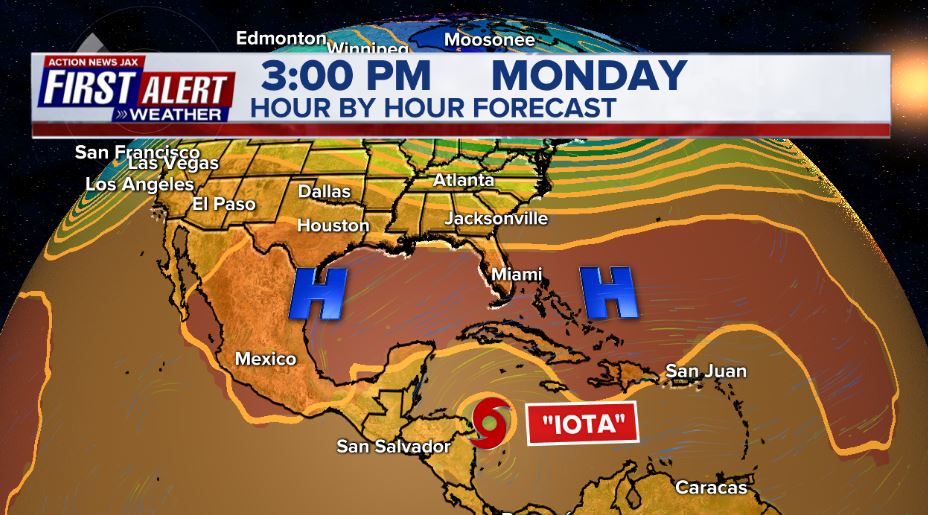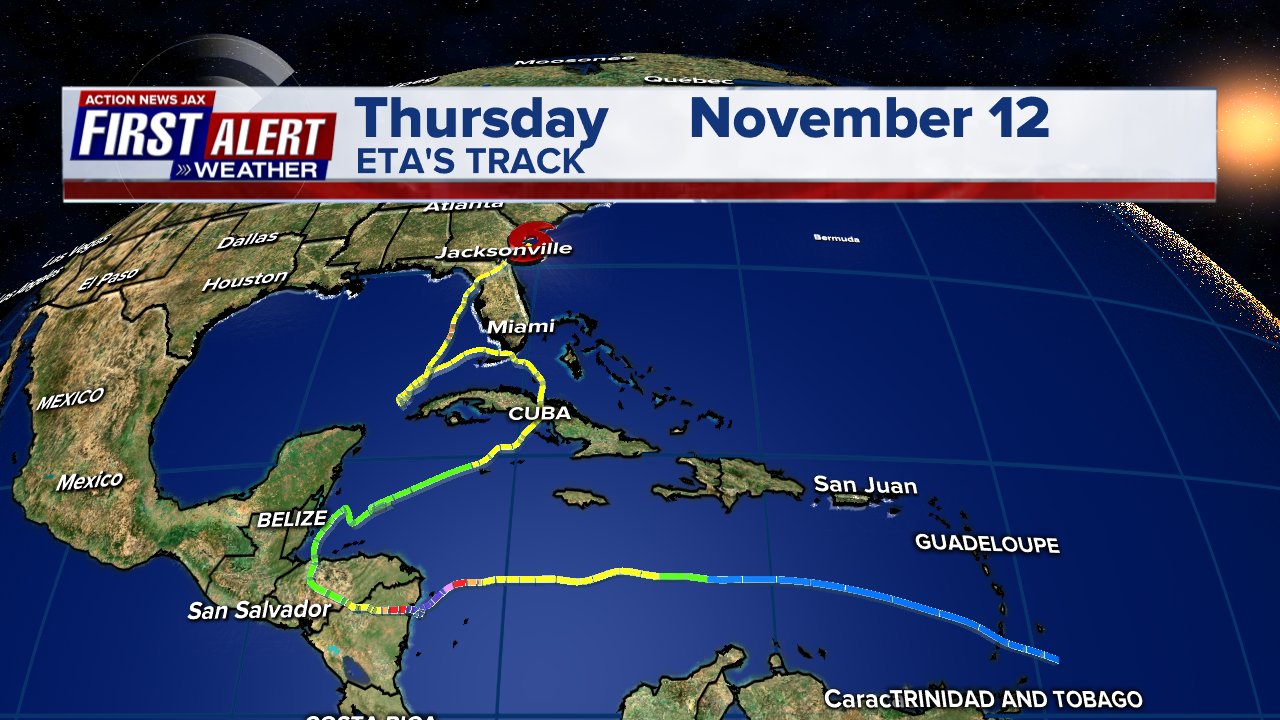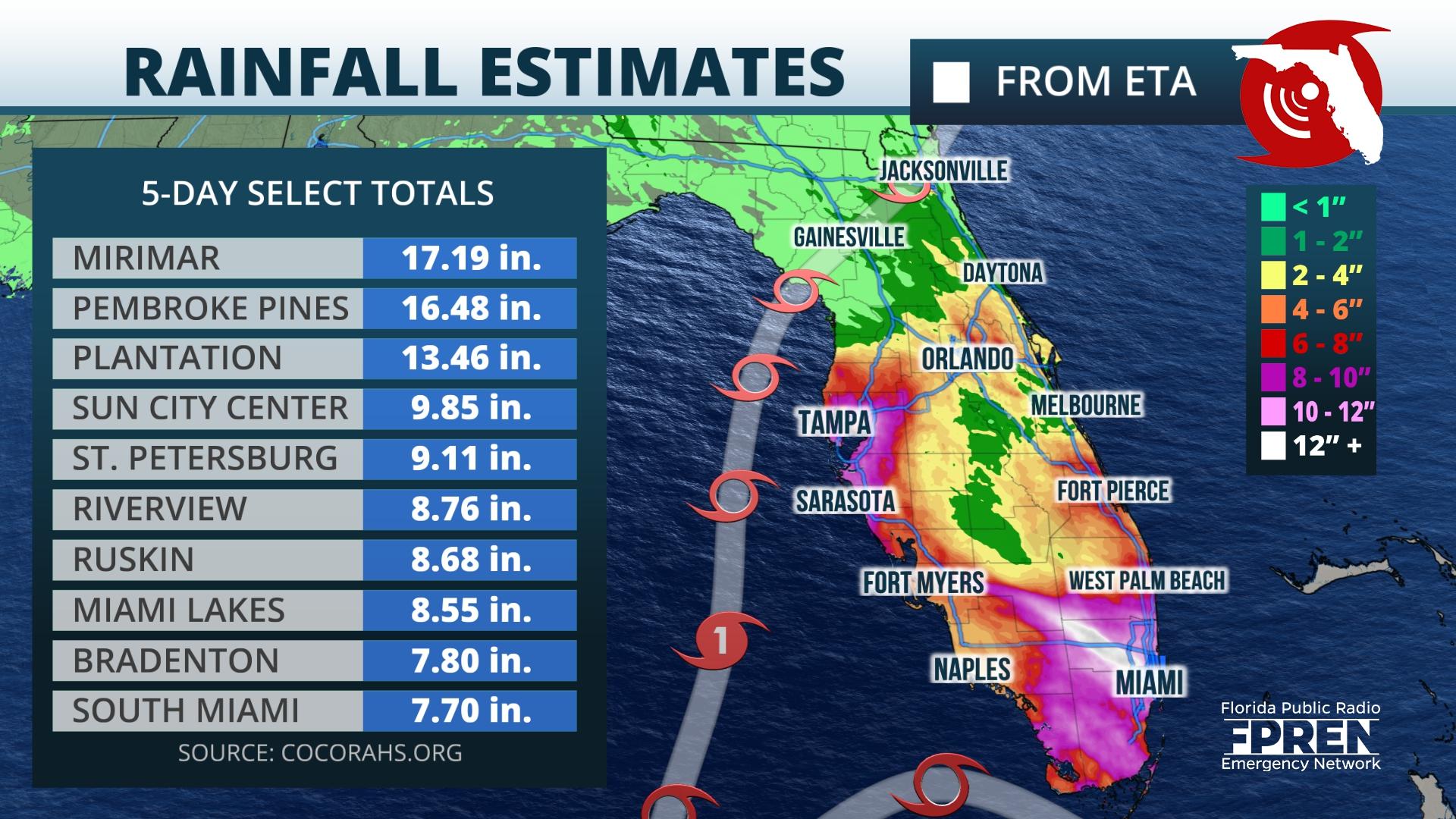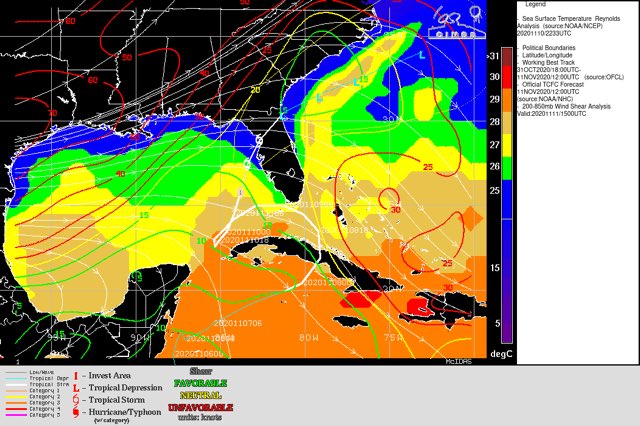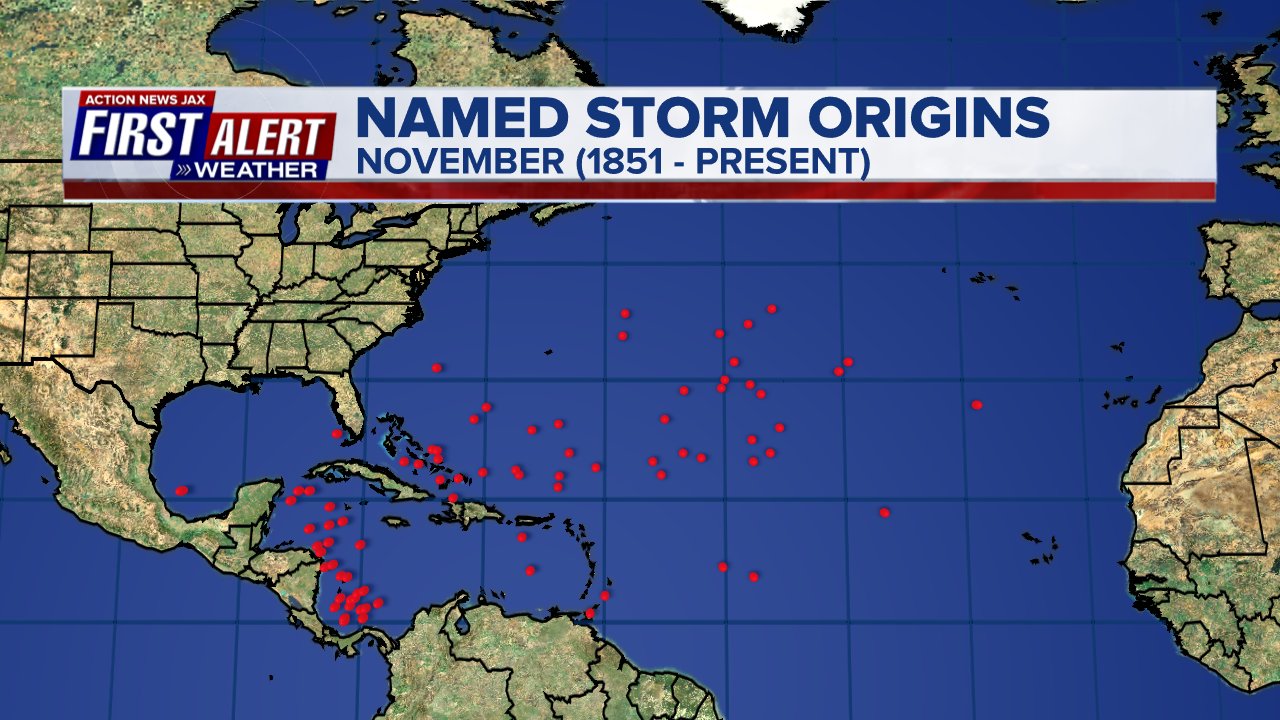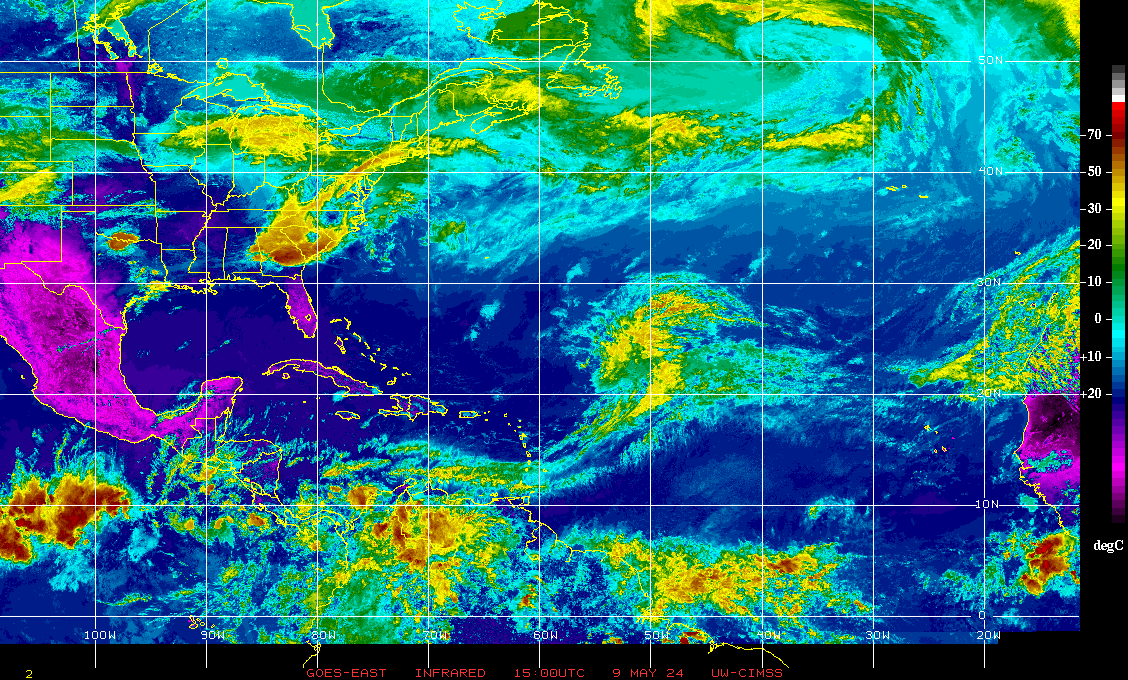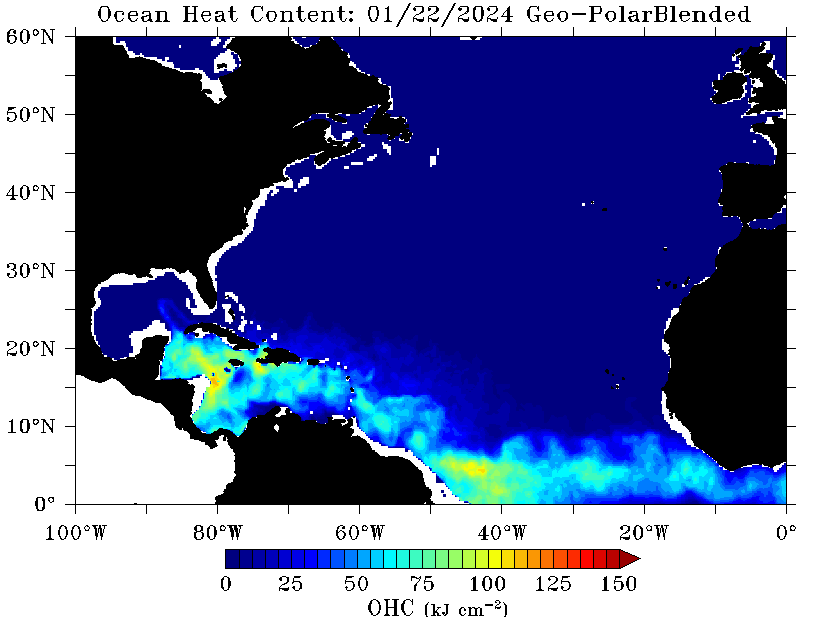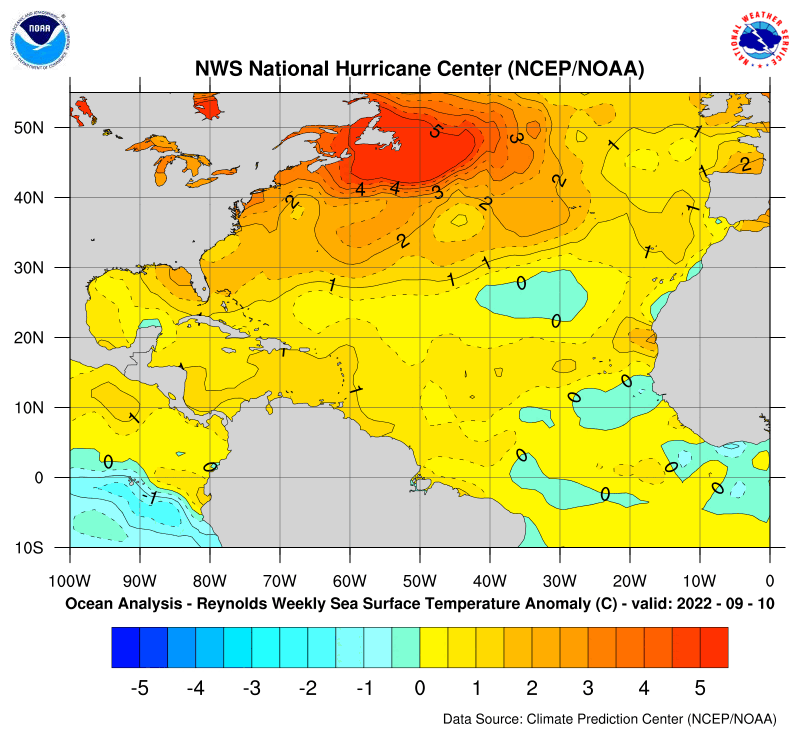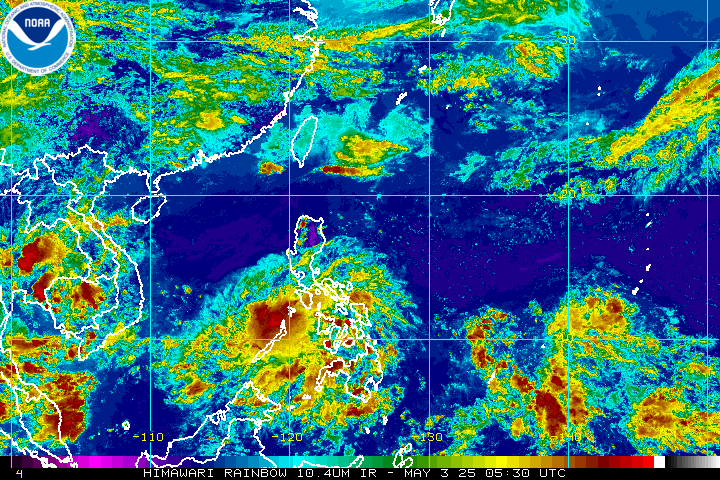Jacksonville, Fl. — The “Buresh Bottom Line”: Always be prepared!.....First Alert Hurricane Survival Guide... City of Jacksonville Preparedness Guide... Georgia Hurricane Guide.
STAY INFORMED: Get the * FREE * First Alert Weather app
FREE NEWS UPDATES, ALERTS: Action News Jax app for Apple | For Android
WATCH “Talking & Tracking the Tropics: The Science Behind the Season”
WATCH “Preparing for the Storm”
READ the First Alert Hurricane Center “Survival Guide”
***** ALWAYS CHECK & RE-CHECK THE LATEST FORECAST & UPDATES! *****
*** There will be no impacts from tropical systems for the U.S. through the weekend into next week ***
Greatest concern: Tropical wave 98-L - over the Caribbean - was upgraded to tropical depression #31 Fri. morning & to tropical storm “Iota” Fri. afternoon - the 30th named storm of the ’20 Atlantic hurricane season. Iota will stay over the Caribbean (vs. turning north) as the tropical cyclone moves toward the west & becomes a hurricane before moving into Central America Mon. into Tue. Nicaragua, Guatemala, Honduras & possibly Belize are likely to see the most serious impacts next week - an area still reeling from flooding from Eta last week.
Iota has been slow to organize so far in what looks like classic late season development over the Caribbean: very slow organization of a “glob” of convection that once it gets its act together - develops a core & good banding features with strong outflow over the top - rapidly intensifies. Iota should go at least Cat. 3 & will be a serious hit on Central America.
There will be no impacts from Iota for the U.S. & obviously for Jacksonville & nearby areas as the U.S. is finally - seemingly - protected by a combination of a ridge of high pressure in a more seasonally south position (near & south of Fl.) with an equally seasonal shift south of the jet stream - at least in general. Such a set-up makes it difficult for a tropical cyclone over the Caribbean to get very far north.







The ridge of high pressure - which has been positioned virtually all hurricane season in such a way so as to “protect” Jacksonville - is stretched out east-west from the Central Atlantic across the Gulf. Such an orientation insures Iota continues west with little chance for a significant move north (not at all similar to Eta, in other words).
ETA:
Tropical depression #29 was upgraded Sat. afternoon, Oct. 31st & to tropical storm Eta Sat. evening then to a hurricane (12th of the Atlantic season) early Mon., Nov. 2nd - a high end Cat. 4 Mon. afternoon/evening followed by a Cat. 4 landfall on the northeast coast of Nicaragua Tue. afternoon. So Eta becomes the record-tying storm - 28th - for most in a single season. According to Dr. Klotzbach, Eta is also only the 5th Cat. 4 Nov. hurricane in the Atlantic Basin (Cuba Hurricane, 1932; Lenny, 1999; Michelle, 2001; Paloma, 2008). Conditions (shear, water temps., moisture) were all favorable for steady & rapid strengthening interrupted only by an eyewall replacement cycle Mon. night. The combination of the change in structure + proximity to land took Eta a bit off its peak while on a very slow journey inland. Eta re-emerged over the far Western Caribbean Thu. night... moving northeast across the Caribbean with a landfall on Central Cuba early Sunday, Nov. 8 as a strong tropical storm the the upper Fl. Keys Sunday night near 11pm EST. This is a record 12th U.S. landfall this year with at least one U.S. landfalling named storm in every month since May! Eta has been over the Gulf of Mexico since Sunday night moving north/northeast becoming a hurricane again Wed. morning - the latest Gulf hurricane since “Kate” in 1985. Eta weakened back to a tropical storm Wed. afternoon with gradual weakening right up to landfall at Key West about 4am EST. Impacts were minor after the 2nd Eta Fl. landfall & 4th overall (Nicaragua, Cuba, Keys, W. Fl. coast). Eta is the latest landfalling Florida tropical cyclone (depression/storm/hurricane) since “Gordon” in Nov., 1994 & is also the closest *Nov.* tropical system to Jacksonville since Gordon in ’94. The center moved across parts of Duval Co. matching the feat of Julia (Sept., 2016), Beryl (Memorial Day weekend, 2011) & Tammy (Oct., 2005) this century so far. The last NHC advisory was issued early Fri. morning just short of the storm’s 2 week “birthday”.
The ultimate outcome of Eta’s path came down to a high pressure ridge to the east of Fl. & an incoming mid latitude trough over the U.S.
RECAP:
As a whole forecast models have been struggling with “all the low pressure” (there will again be some tropical development soon over the Caribbean) at low latitudes - the tropics & subtropics - not to mention the typical autumn-related fast-to-change meridional flow (troughs of low pressure & ridges of high pressure) over the higher latitudes. So we saw a lot of changes & fluctuations in the forecast models. Special (4 times a day) weather balloon launches across Fl. & much of the Southeast U.S. along with NOAA research aircraft sampling the atmosphere over & near Eta combined to seemingly add some stability to model forecast but not until late Tue./early Wed. Admittedly... Eta was a pain to forecast with many sharp turns & very poor model output though my initial call/thoughts of little damage from the last landfall were accurate.
In the end... the GFS won the “game” in my opinion though I have not yet seen the exact breakdown model by model, day by day.
Eta’s sinusoidal track was tied to the upper level flow which has returned to what we’ve seen most of the hurricane season: a trough over/near the Central U.S. with increased ridging near Fl. & to the east. How this all evolved was critical in steering Eta. As the western portion of the ridge broke down enough & shifted east, Eta moved inland across North Florida & followed the alleyway between the ridge to the east & the trough to the west.

Moderate shear helped to weaken Eta upon approach to land in addition to cooler water temps.:

The steering “players”: After moving steadily west/southwest & even a little south, Eta turned around & is moved north/northeast. . As upper level high pressure to the east “softens” on its western edge while upper level troughing increases over the Central U.S., Eta made a sharper turn northeast. So Eta took the “red arrow” path. Complicated & interesting, maybe a little frustrating - to say the least - to forecast!
Eta technically developed on Oct. 31st but the map below will suffice & shows the Caribbean is a relative “hot bed” for late season/first 10 days of Nov. tropical cyclones:
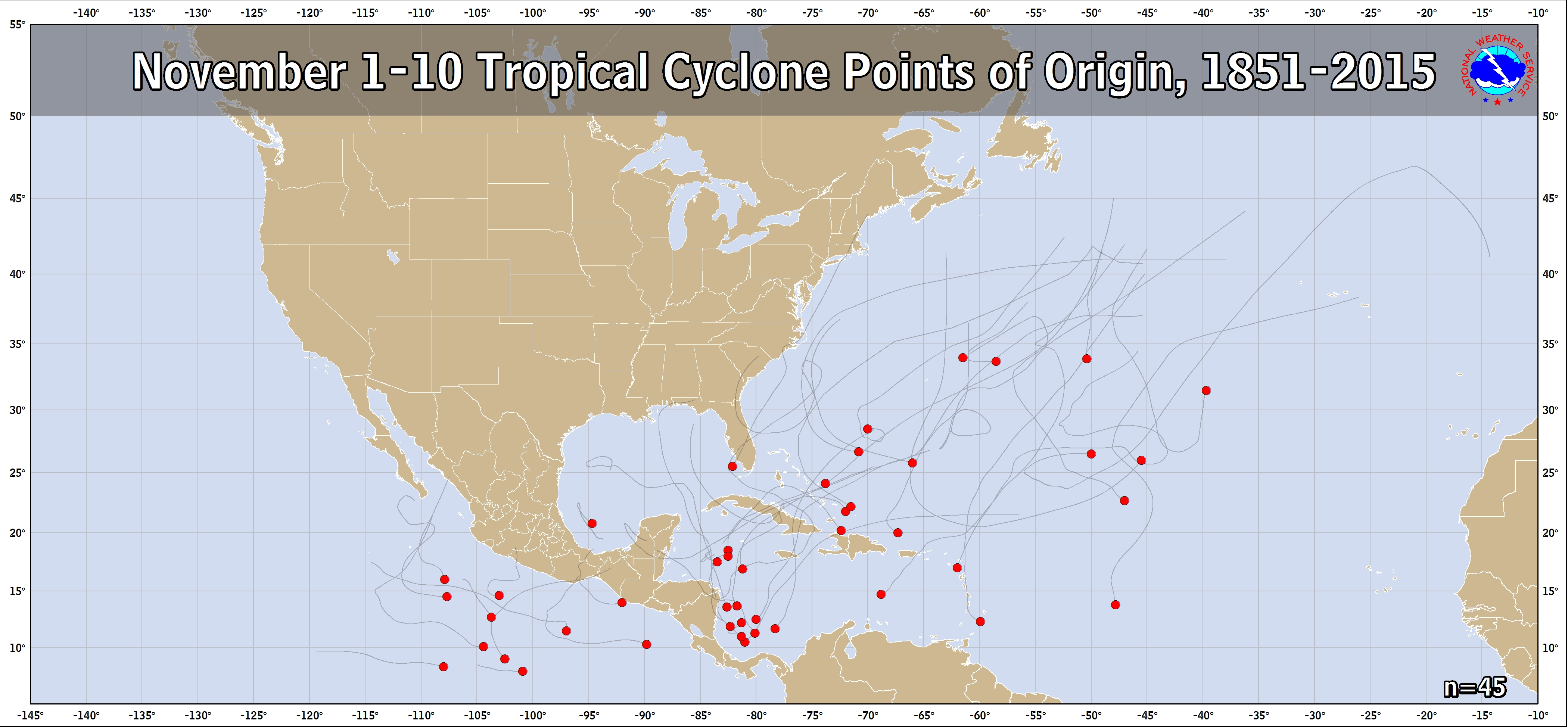
And Theta formed this week over the East Atlantic - the record 29th storm of the season which beat the record of 28 in the infamous year of 2005. Theta will stay over the Eastern Atlantic & is no threat to the U.S. or any land areas & will become extra-tropical over the weekend east of the Azores.

Atlantic Basin wave forecast for 24, 48 & 72 hours respectively:







